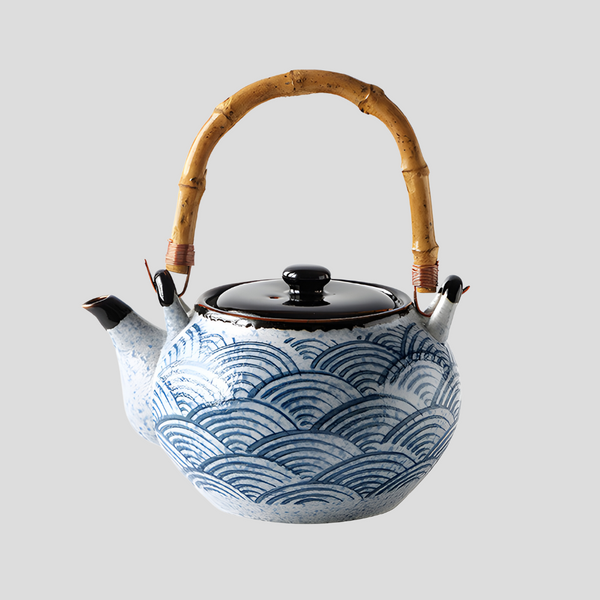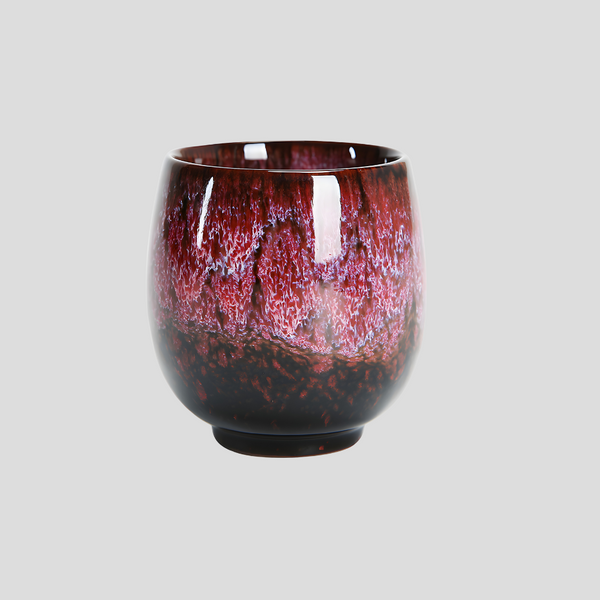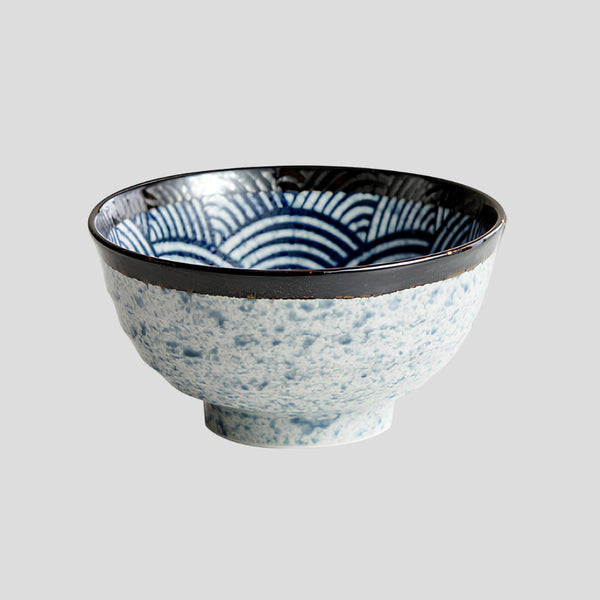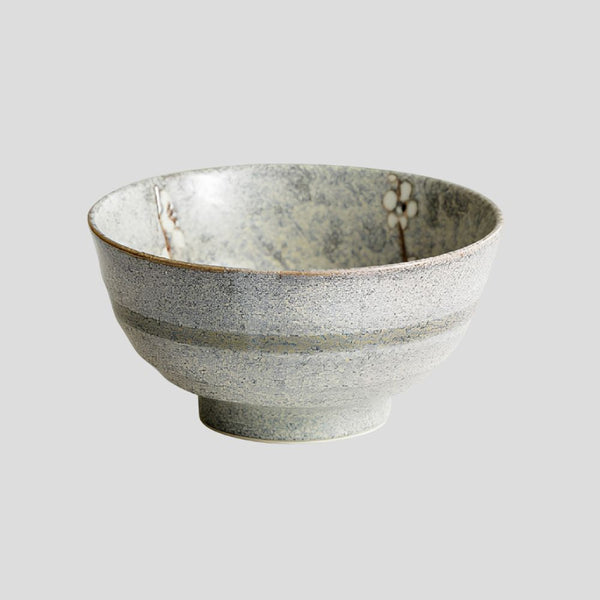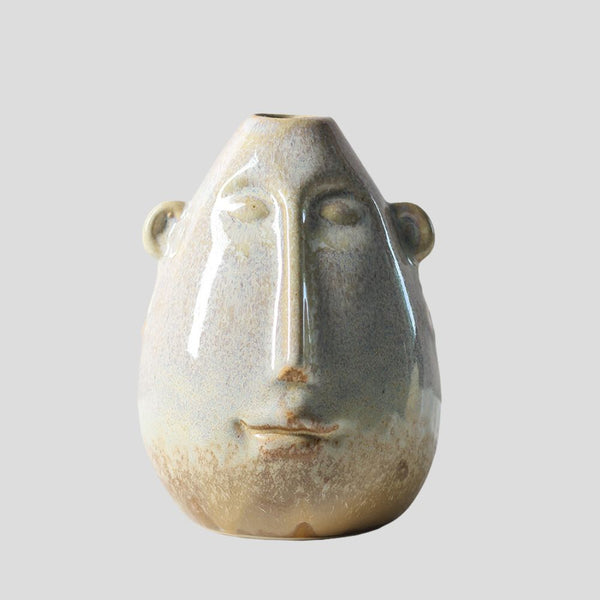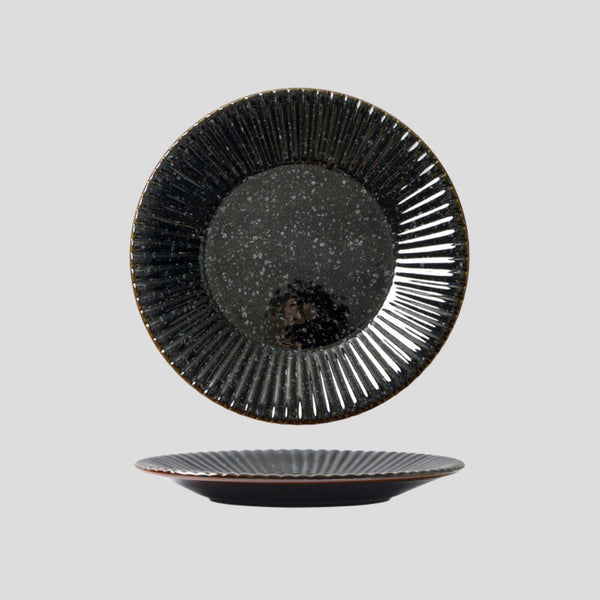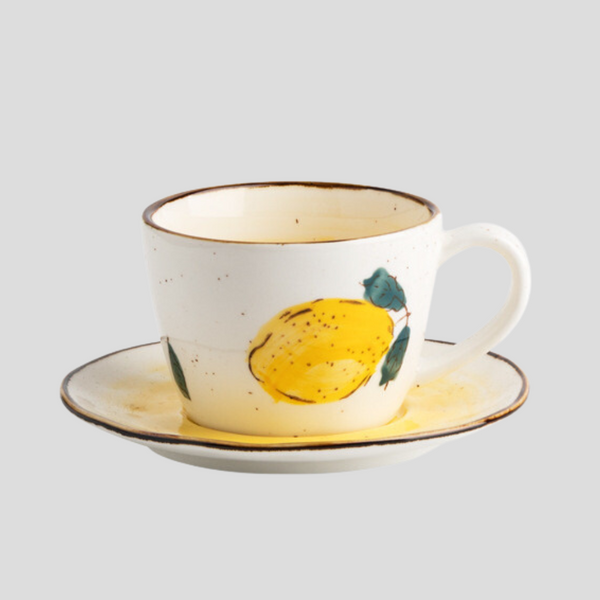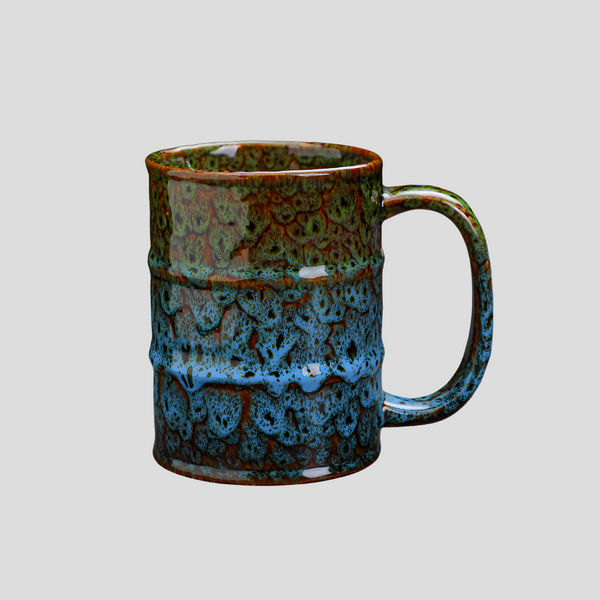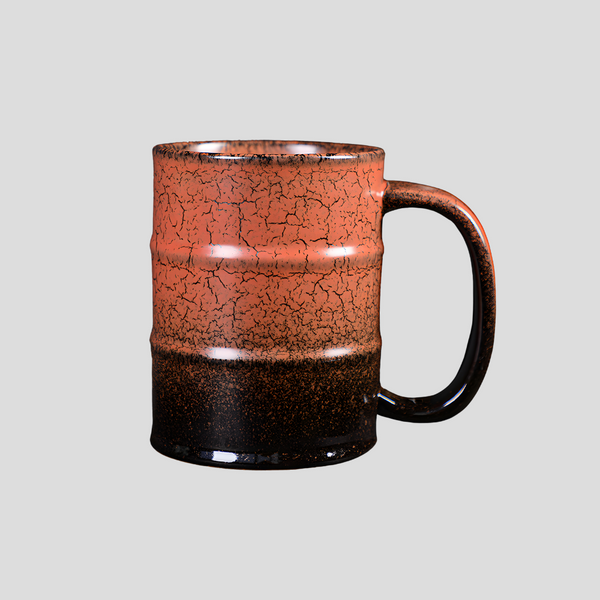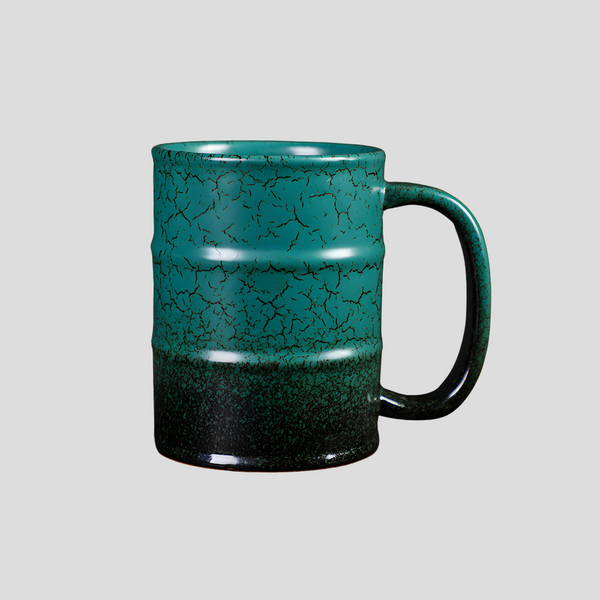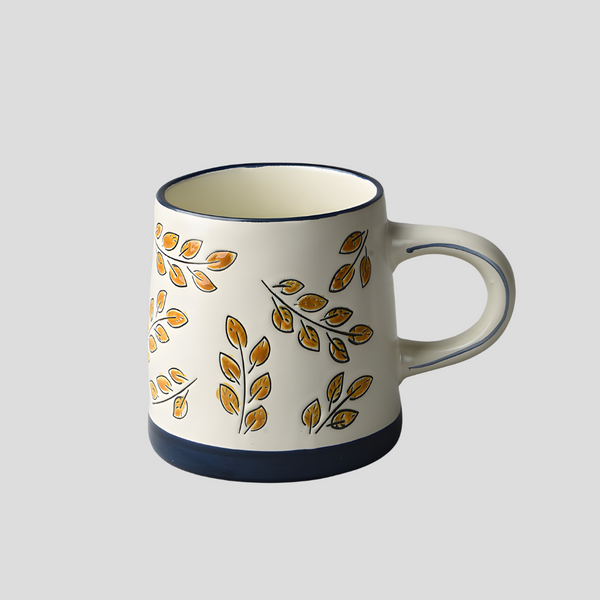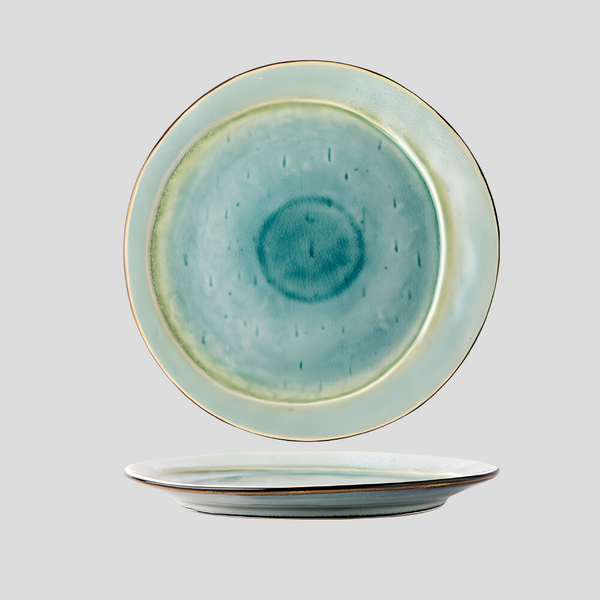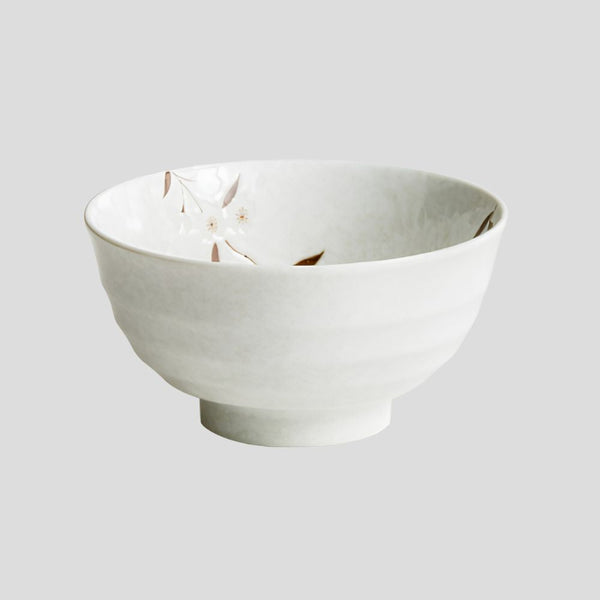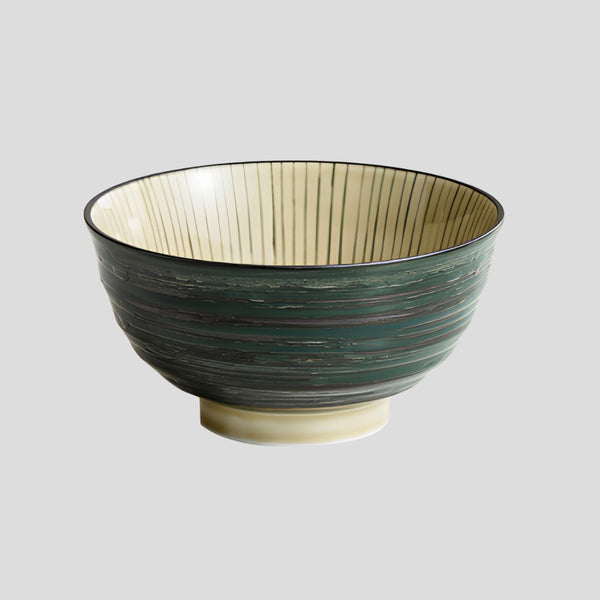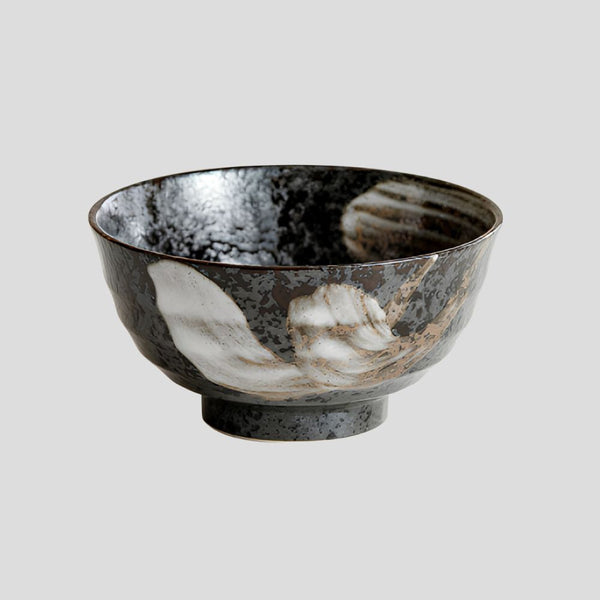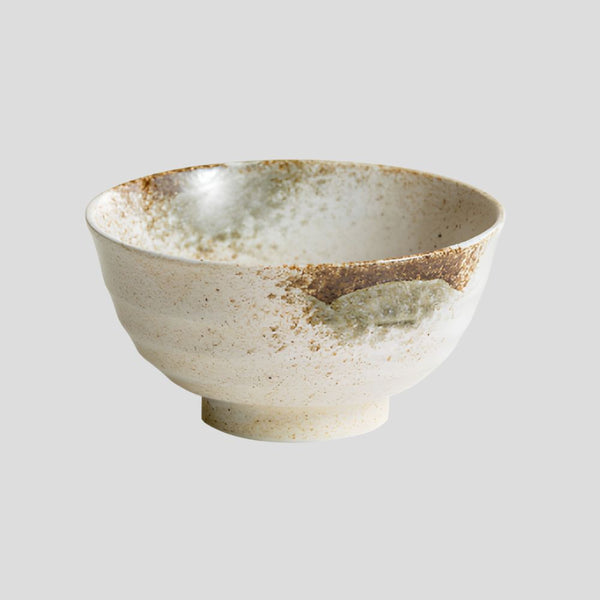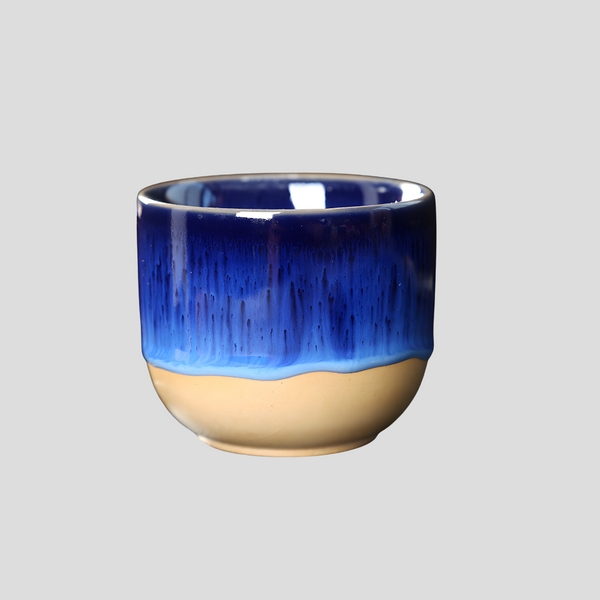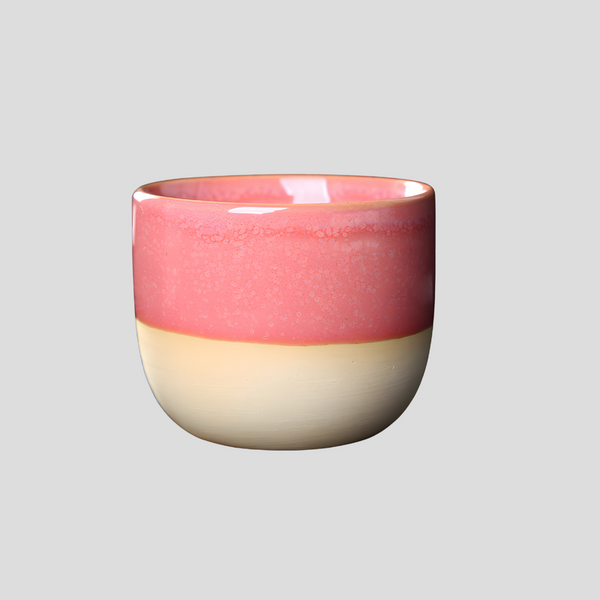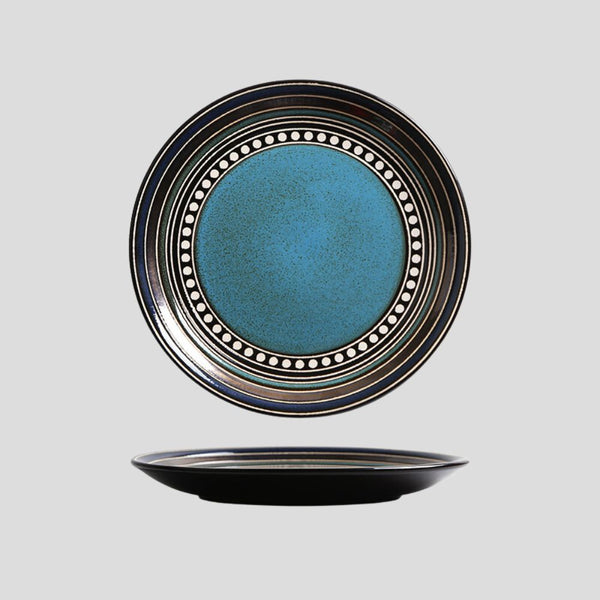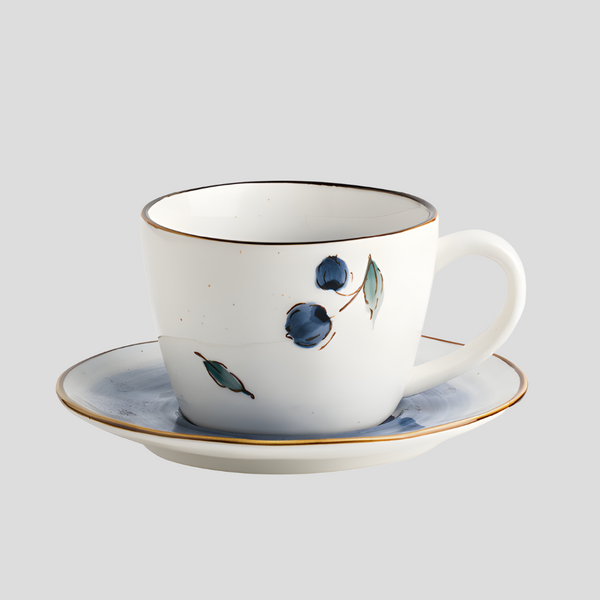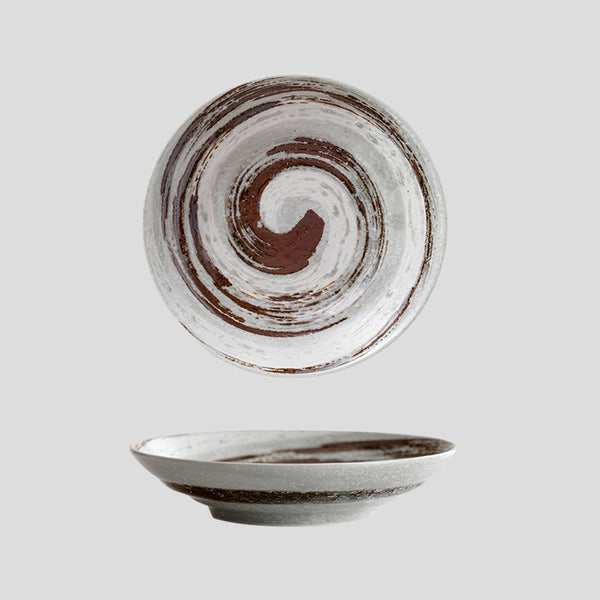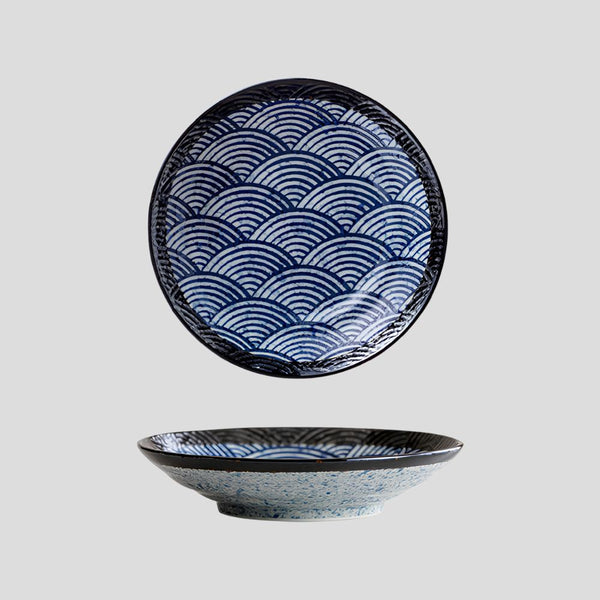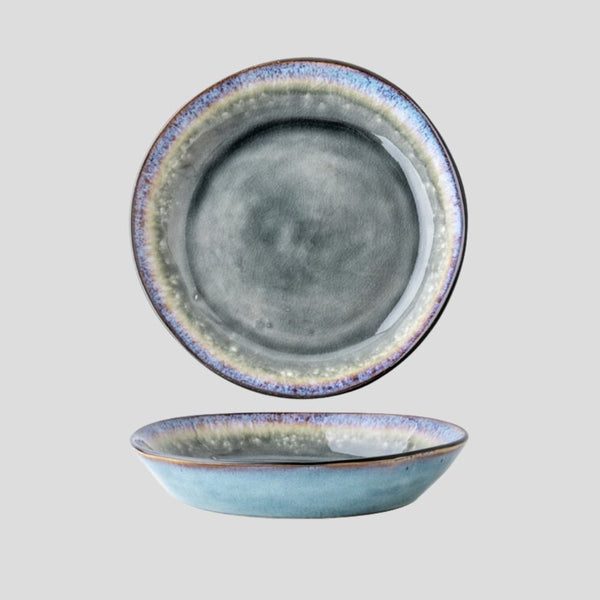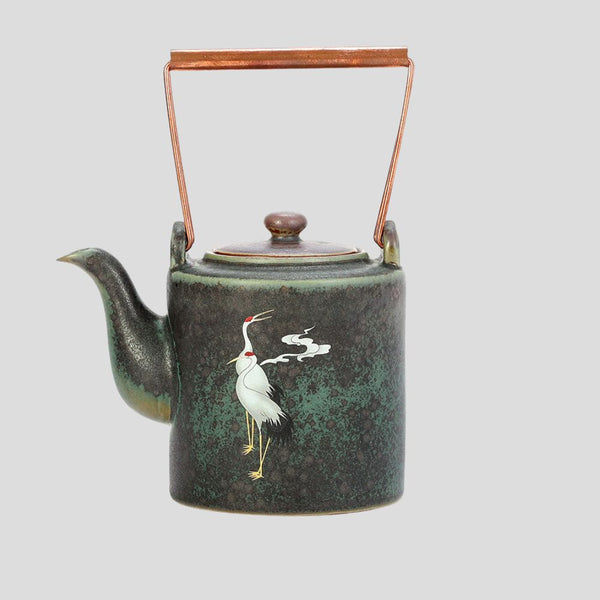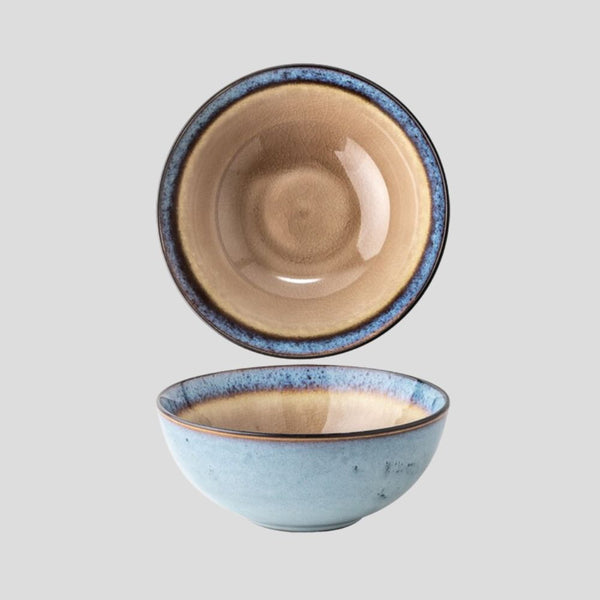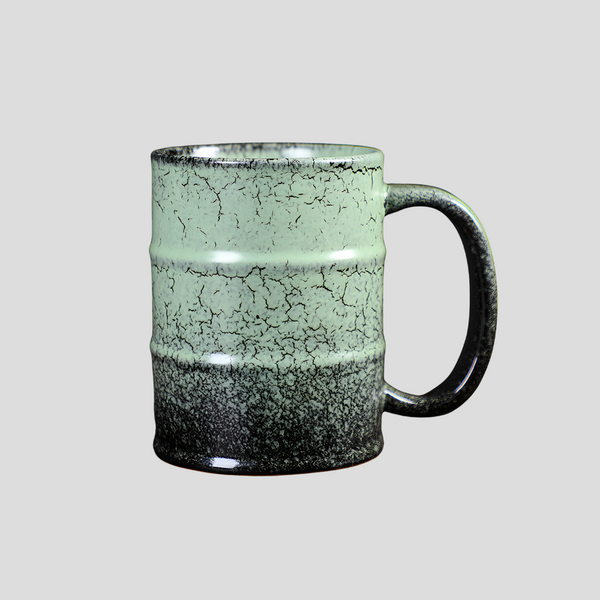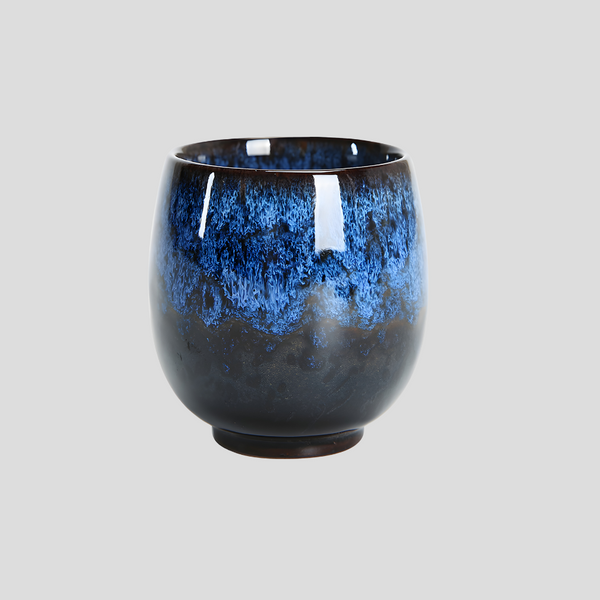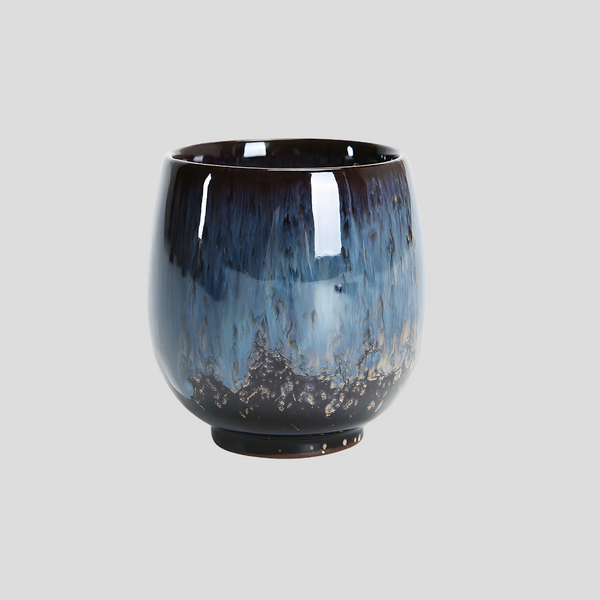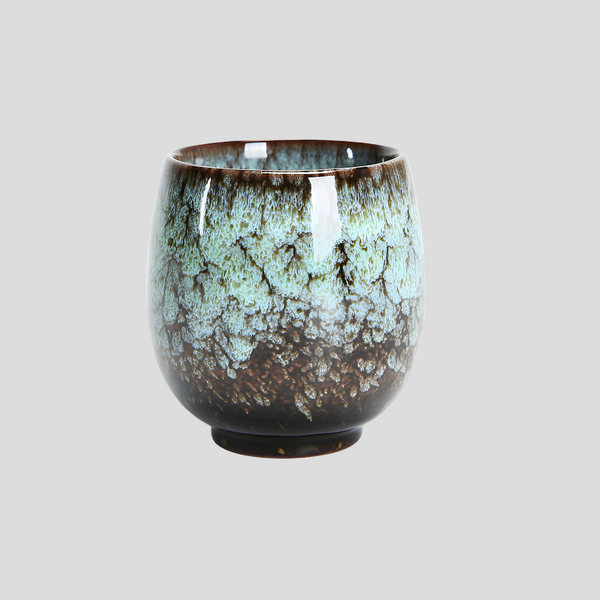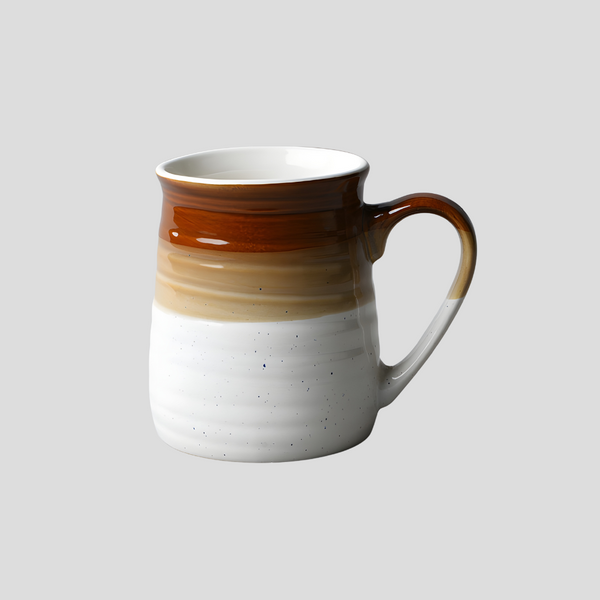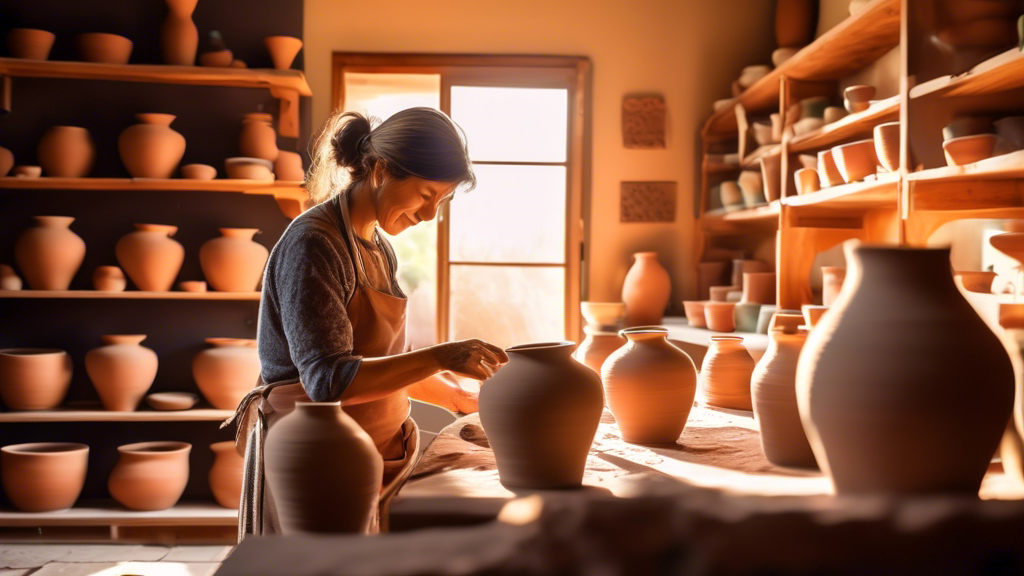
Exploring the Beauty of Handmade Artisan Pottery
In an age where mass production and digital technology pervade every aspect of our lives, the timeless beauty and unique appeal of handmade artisan pottery offer a refreshing diversion. This type of pottery, crafted with the hands of skilled artisans, goes beyond mere functionality; it embodies the heart and soul of its maker, carrying with it stories, traditions, and a life of its own. Handmade pottery is distinguished by its individuality. Each piece is a one-of-a-kind creation, often bearing the marks, fingerprints, and even the slight imperfections of its creator. These features are not viewed as flaws but as integral aspects that enhance the beauty and character of the piece. The process of creating pottery by hand, whether by coiling, pinch pot methods, or on the potter's wheel, allows for an infinite array of shapes, sizes, and textures, making each piece uniquely expressive. The creation of artisan pottery is a painstaking process that combines the elements of earth, water, air, and fire. It starts with the careful selection of clay, which is then shaped, dried, and finally fired in a kiln. The high temperatures in the kiln transform the soft clay into a strong and durable material. Artisans might then apply glazes, which are special paints made from glass-like minerals, to add color and finish to the pottery. Each step requires precision, patience, and a deep understanding of the materials and processes, making the final product not just a piece of pottery, but a work of art. One of the most fascinating aspects of handmade pottery is the variety of glazing and firing techniques that artisans use to achieve different effects. From the ancient Japanese technique of Raku, which involves removing pottery from the kiln while it’s hot and allowing it to cool in the open air, to the intricate brushwork of Majolica, these techniques add depth and vibrancy to the pottery. Each method brings out distinct textures and colors, ensuring that no two pieces are ever exactly alike. Beyond its aesthetic and utility value, choosing handmade artisan pottery supports sustainable craftsmanship. Unlike mass-produced items, the creation of handmade pottery has a smaller environmental footprint. It promotes the preservation of traditional crafting techniques, often passed down through generations. Furthermore, it supports local economies and artisans who pour their passion and expertise into each piece. By choosing handmade, consumers participate in a culture of sustainability and appreciation for the time-honored skills of artisans. Handmade artisan pottery represents a rich heritage of craftsmanship and artistry that is both ancient and ever-evolving. Its beauty lies not just in its appearance but in the stories it tells and the connections it fosters between the maker and the user. As we continue to navigate a world dominated by impersonal automated production, the charm and character of artisan pottery remind us to appreciate the human touch and the beauty of imperfection. In embracing handmade pottery, we embrace a piece of humanity itself.Exploring the Beauty of Handmade Artisan Pottery
The Essence of Handmade Pottery
The Process and Artistry Behind the Craft
The Significance of Glazing and Firing Techniques
Supporting Sustainable Craftsmanship
Conclusion

